By Picturepark Communication Team • Feb 22, 2022
Any brand prides on how it connects with its target audiences, the points of entry being the content it proposes. The problem is, some 60 percent of such content is practically useless, according to a 2017 report by Havas, a media agency. On the one hand, brands squander time and money creating something that will not pay off; and on the other, consumers might consider overabundant content a hindrance or, worse, an annoyance.
This is when the content life cycle comes in handy. As per Robert Rose, founder of The Content Advisory, a consultancy, it is “the process that defines the series of changes in the life of any piece of content, including reproduction, from creation onward”. In the parlance, working with content is akin to growing a plant—from choosing fertilizers to regularly watering it.
It is important to note that the content life cycle is more applicable to large companies and brands that create swathes of content and target an unspecified number of people rather than small enterprises which often connect with each customer on an individual basis produce much less content.
While different authors suggest different approaches to organizing the content life cycle, one could define at least four broad stages of the process:
- planning
- creation
- distribution
- retention
Understandably, those could be expanded and divided into further sub-categories depending on the purposes of the brand/company that uses the strategy.
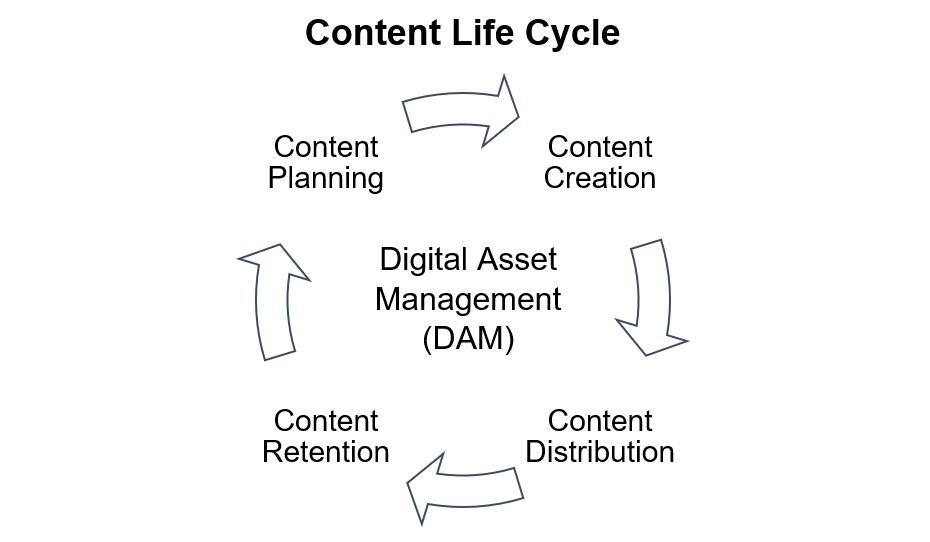
The noteworthy implications of the content life cycle are that, first, it streamlines content development by redistributing small tasks among those responsible rather than have one person deal with everything; second, it helps organize all the content that has ever been produced for future use; and, third, it opens up vistas for reusing the content that has already been published and/or distributed.
To that end, companies use digital asset management (DAM) software to store, categorize, and tag all the content dictated by the company’s needs and requirements. Moreover, DAM allows updating old content that could still be useful for marketing purposes—by, for instance, adding new keywords to blog posts or adding new figures to infographics to reflect the latest developments—and ridding of the content that is of no value for the company or brand.
The key idea of the content life cycle is that content management and distribution do not end when the Publish button is hit. By taking a more long-term approach to how content is created, stored, and distributed, companies can increase their marketing efforts’ effectiveness and prevent money and time from being wasted.
Further Reading
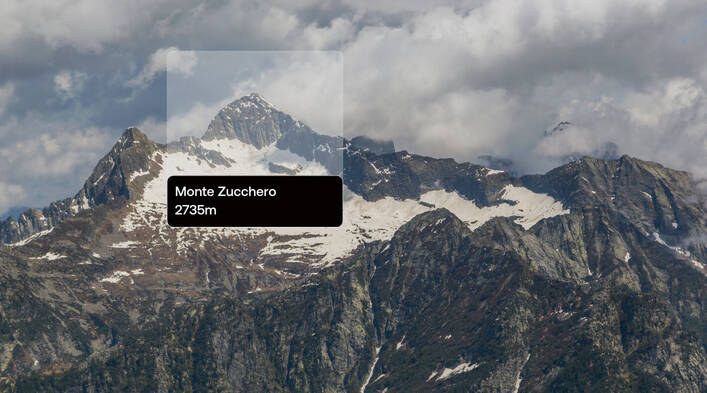
Fotoware Alto Monte Zucchero Release | May 2025

Picturepark Schreckhorn Release | February 2025

Picturepark Einshorn Release | November 2024

Picturepark Rochers de Naye Release | August 2024

Release Notes Picturepark - Pilatus | May 2024

Release Notes Picturepark - Güpfi | March 2024

Release Notes Picturepark - Signalkuppe | November 2023

Release Notes Picturepark - Stockhorn | September 2023

Release Notes Picturepark - Piz Roseg | June 2023

10 Tips for Conversion Rate Optimization

Deliver Optimized Images

How Automated Data Software Can Help You Expand Your Business

Picturepark Blüemlisalphorn Release | Mar 2023

Headless DAM in a content-agnostic world

Picturepark Moléson Release | Dec 2022
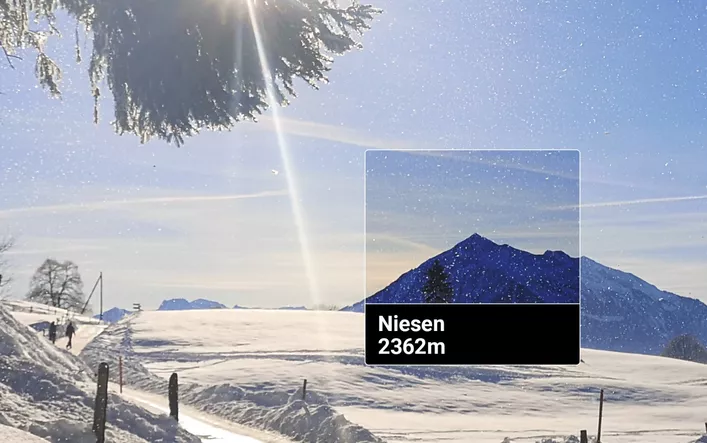
Picturepark Niesen Release | Sep 2022

FotoWare acquires Swiss Digital Asset Management solution provider Picturepark

Spring Clean your Content in 5 Steps

6 Trends in Data Management for 2022
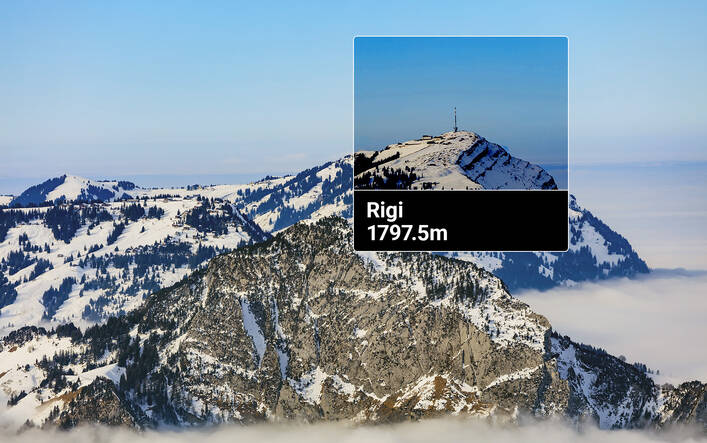
Picturepark Rigi Release | Jun 2022

Organize Content (Expert Level)

Overwhelmed by Digital Transformation?

How DAM Can Improve Your Content Marketing Strategy

Exhibitions and Collections Online
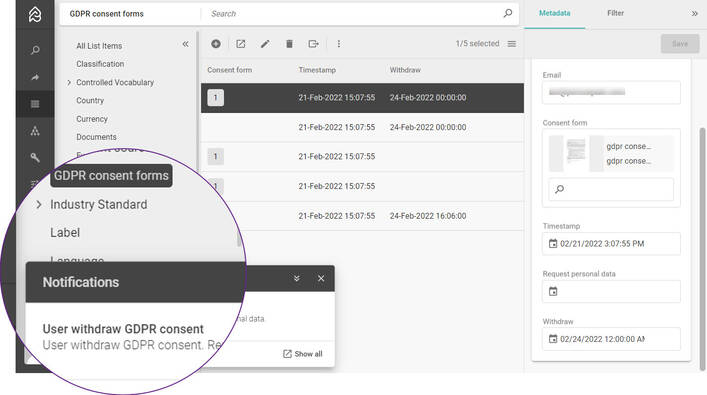
GDPR Compliance Management & Smart License Tagging

Why You Should Give a DAM about Content Life Cycle

Picturepark Bellavista Release | Mar 2022

Organize Marketing Text Snippets with Picturepark & DeepL

Automated Localization for Product Data

Using Shopify with a PIM & DAM
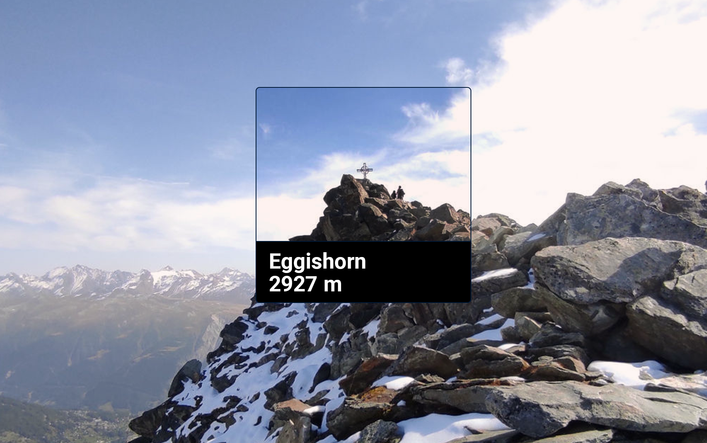
Picturepark Eggishorn Release | Dec 2021

4 Things We Love About Shopify (And A Couple That Are Missing)

Picturepark Weisshorn Release | Oct 2021
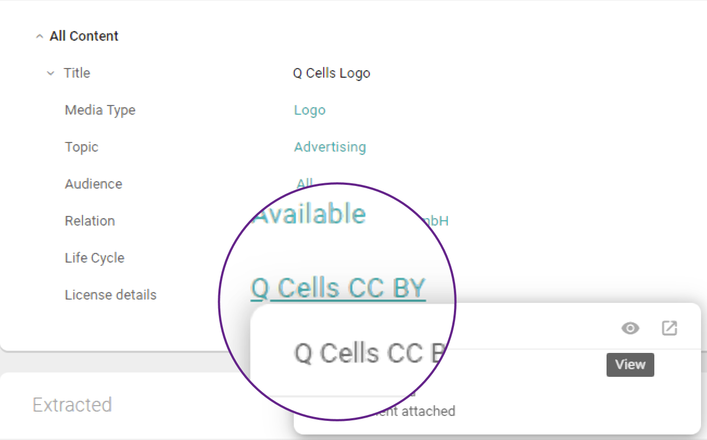
Tagging with License and Agreement
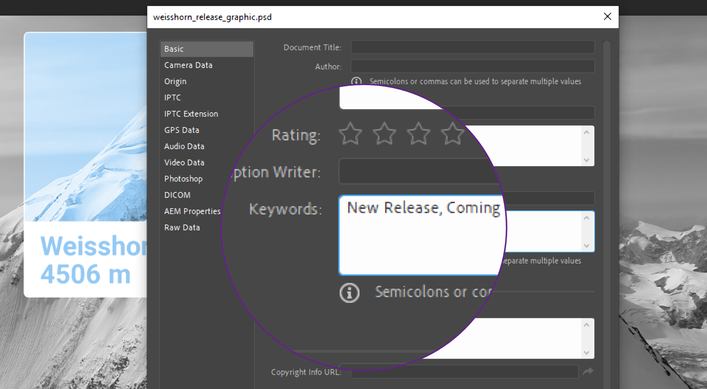
3-Step Content Metadata Approval Workflow
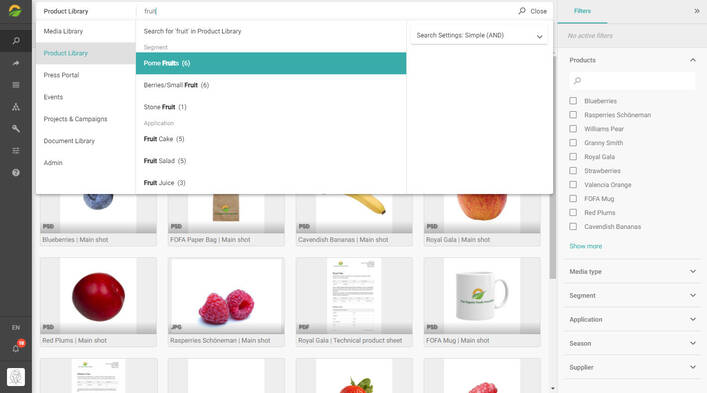
Save your Search Query

Picturepark Titlis Release | Jun 2021

Picturepark San Salvatore Release | Mar 2021

Accelerating Your Digital Transformation in 2021

Perfect Microsites in No Time

Upgrading to Perfectly Formatted Microsites

Picturepark Säntis Release | Dec 2020

Metadata Matters: Here’s Why

Utilize Your Content to Get Media Coverage

Moderate Content for Brand Compliance

Managing Project Content of Non-profits

Picturepark Piz Linard Release | Sep 2020

Is your Online Shop Agile Enough When it Counts?

Product Updates in No Time with Flexible Data Models

Marking, Copying - Investing a Lot of Time
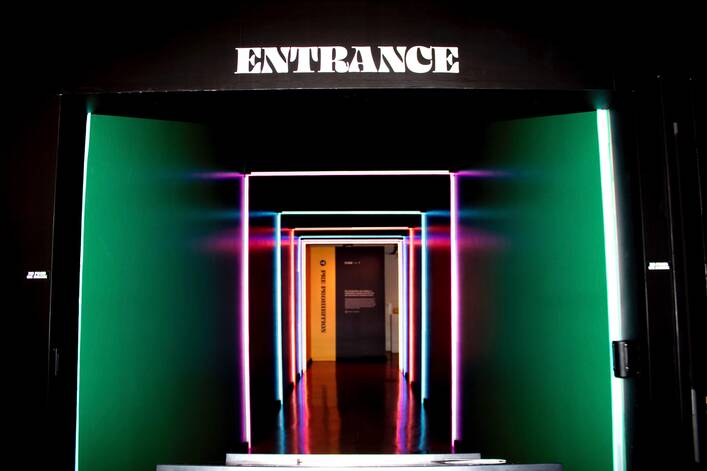
An Agile Solution for PIM! DAM! CMS!

How Does Authentication in Picturepark Work?

PIM? DAM? CMS? Start with a Hub!

Picturepark Breithorn Release | Jun 2020

Tips and Tricks Video: Creating a Product List from Scratch

Tips and Tricks Video: Import Products from Excel to your Product List

Tips and Tricks Video: Create Dedicated Product Channel for Product Managers

Tips and Tricks Video: Embed Images from Picturepark and Add Copyright

Creativity & Home Office: Breaking Down Barriers

Simplified Product Management: Use Only One Smart Tag

Measures Taken to Minimize the Impact of COVID-19

Release Notes: Picturepark Content Platform (February 2020 Update)

The Unlikely Relationship Between Magnetic Fields & Content Management

Ransomware: You Have 8 Hours to Comply

Transparency & Accountability: Who’s Responsible for Your Data?

A New Year’s Greeting… with a Swiss Twist!

Release Notes: Picturepark Content Platform (November 2019 Update)

FOFA: Creating an Sign-Up Integration Using Gravity Forms

The seamless content supply chain

Managing Licenses: Requirement or Redundant?

Release Notes: Picturepark Content Platform (September 2019 Update)

Copyright: Not a Matter of Luck

When it Comes to Content, Copyright Counts

FOFA: The Versatility of Virtual Content Types

FOFA Interview: Creating Microsites & User Portals

Release Notes: Picturepark Content Platform (July 2019 Update)
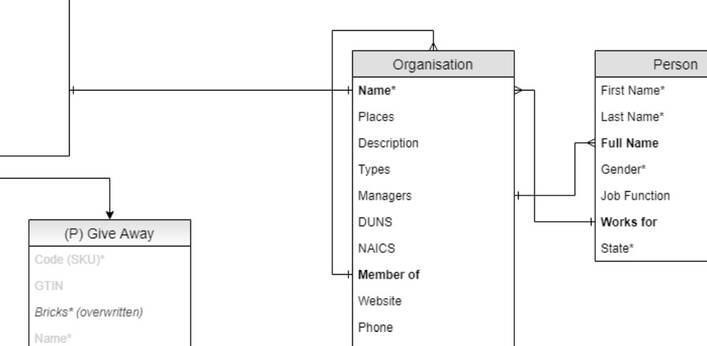
FOFA: Information Architecture & Modelling for Specific Use-Cases

Planting a Seed: The Beginnings of FOFA

Release Notes: Picturepark Content Platform (May 2019 Update)

Content Systems Designed To Outperform And Outlast – Interview

Taxonomy Maintenance: Why Upkeep Matters

Fast and Free: How to Build Your Own AI Taxonomy

Dropbox Is More Than a DAM

Artificial Intelligence in Content Management: Fact, Fiction and Future

Content Management White Paper: Next Steps

Content Management White Paper: Measuring Results

Content Management White Paper: Output Channels

Content Management White Paper: Making Content Available

Content Management White Paper: Routing Content

Digital Asset Management in the light of the General Data Protection Regulation

Content Management White Paper: Archiving Content

Content Management White Paper: Creating Semantic Links

Content Management White Paper: Automated Metadata

Content Management White Paper: Real-World Metadata

New Picturepark Brand Identity

Content Management White Paper: Collaborative Communication

Content Management White Paper: Storage and Archiving

Content Management White Paper: Access for Collaboration

Content Management White Paper: Content Creation and Acquisition
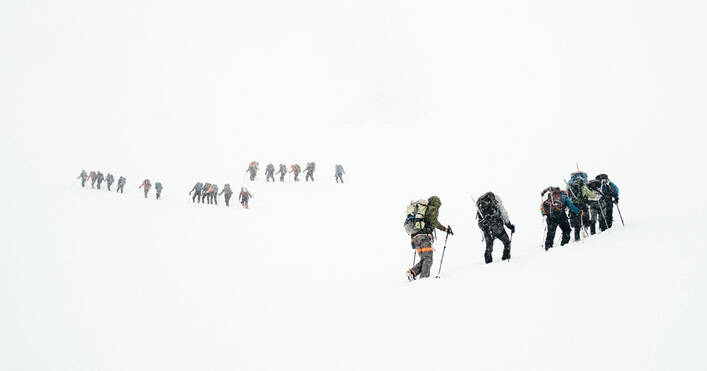
Content Management White Paper: User Groups and Roles

Content Management White Paper: Users and Flow

Content Management White Paper: Overview

Open Letter About the DAM Guru Program

DAM vs. Picturepark Content Platform – New Paradigm for Content Management & Fileless Content

DAM vs. the Picturepark Content Platform – Product Information Management

DAM vs. Picturepark Content Platform – Master Data Management

DAM vs. Picturepark Content Platform – API-first Design & Data Publishing

Slippery Synonyms

Knowing when It’s Time to Start Over

Picturepark Content Platform: API-first Technologies

Picturepark Content Platform: Automation & Artificial Intelligence

Picturepark Content Platform: Semantic Relationships

Picturepark Content Platform: Microsites & Embed Code

Picturepark Content Platform: Adaptive Metadata 2.0

Picturepark Content Platform: Strictly Structured Content

Picturepark Content Platform: Route Content

Synonyms in Practice

The Value of Synonyms in Content Systems

Is Content Management 2.0 the Death of DAM?

Faceted Taxonomies

New Tech for a New Generation of Content Management

An API-first Approach to Content Creation, Management and Routing

Rethinking Digital Asset Management

Metadata Automation – New Jersey DAM Meetup Recording
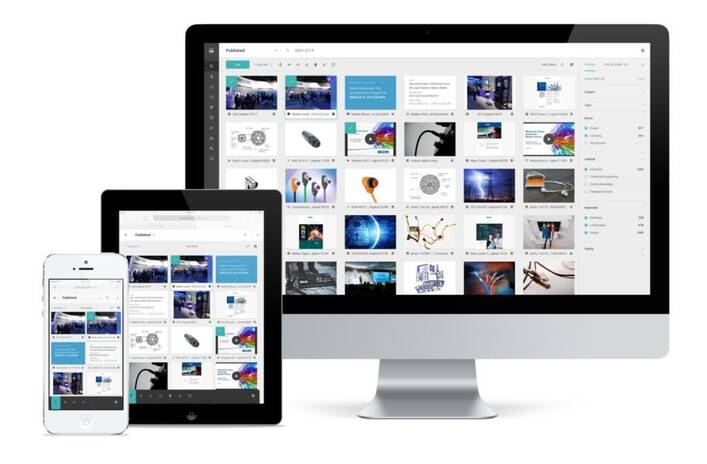
Next-generation Picturepark Preview

Taxonomy, Metadata, Tags and Controlled Vocabularies

What Made the Content System so Bad?
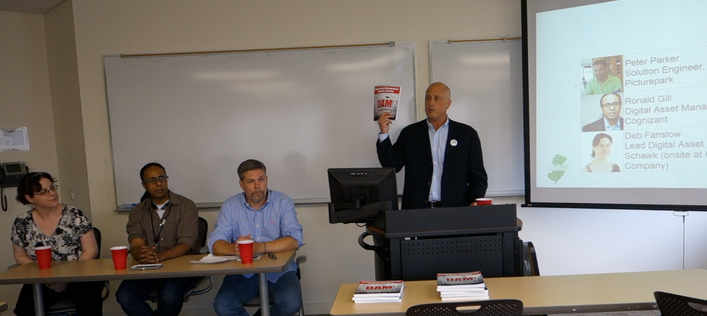
Video of New Jersey DAM Meetup

Picturepark Supports Indian Relief Association

Digital Asset Management for Kaltura Video

“Sticky” Metadata Templates in Picturepark

New Digital Asset Management Section for Special Libraries Association

Integrating DAM with CMS without an Integration

Metadata that Moves Content

DAM’s Original Sales Soldier

Eyeing the Iconic: Physical Archiving for Nascent Collections

Fighting DAM Ignorance with Education and Cooperation

Laughing about the Best DAM Connector for Sitecore

Expectations Analysis for Digital Asset Management

Finding Trusted Guidance for Digital Asset Management
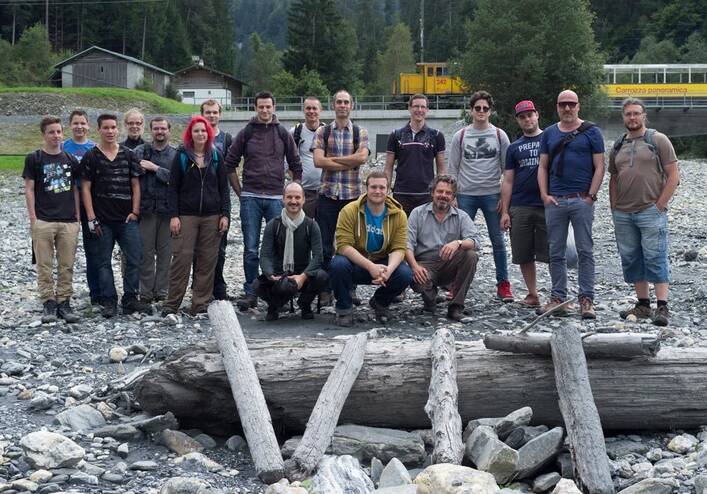
Picturepark takes on the Swiss Grand Canyon

Coming Down from the Cloud

Are You Ready for Digital Asset Management?

(Video) Adaptive Metadata for Digital Asset Management

Diving Head-first into a Suicide Sale
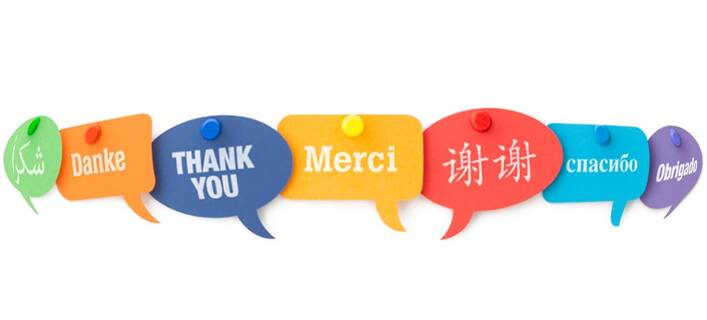
How to Say No to Picturepark

Batch Editing Metadata in Picturepark

Controlled Vocabulary Support in Picturepark

Content Lifecycle Management via Adaptive Metadata

Putting Your Metadata Strategy Together

Structured Metadata Strategies for Search Interfaces
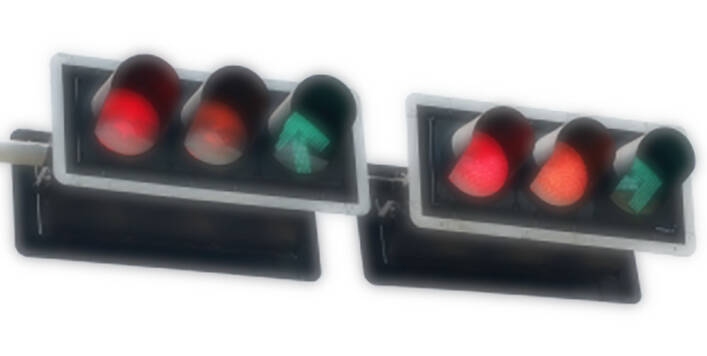
Structured Metadata Strategies for Cataloguing Interfaces

Structured Metadata Analysis Techniques

Thanks from Picturepark

Digital Asset Management Multitenancy that’s Manageable
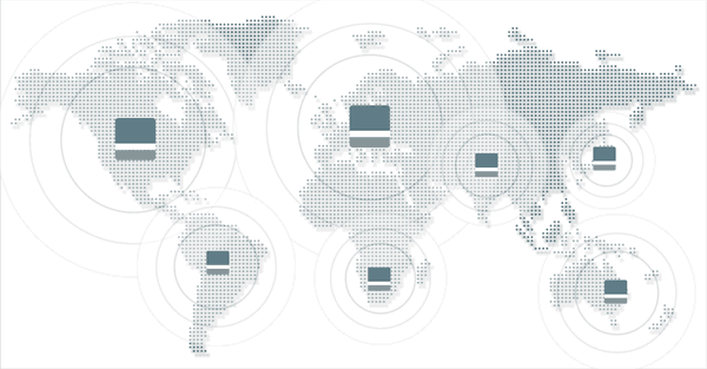
Australia Welcomes World’s First Picturepark Regional Cloud

The Passing of Nelson Mandela
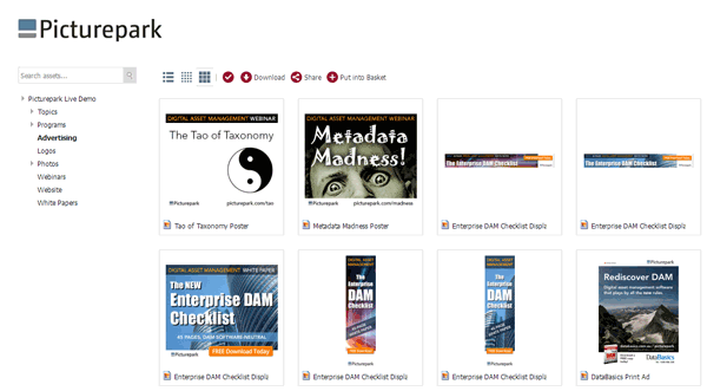
New Picturepark Live Demo

Meet the Mother of Digital Asset Management in a Live Webcast
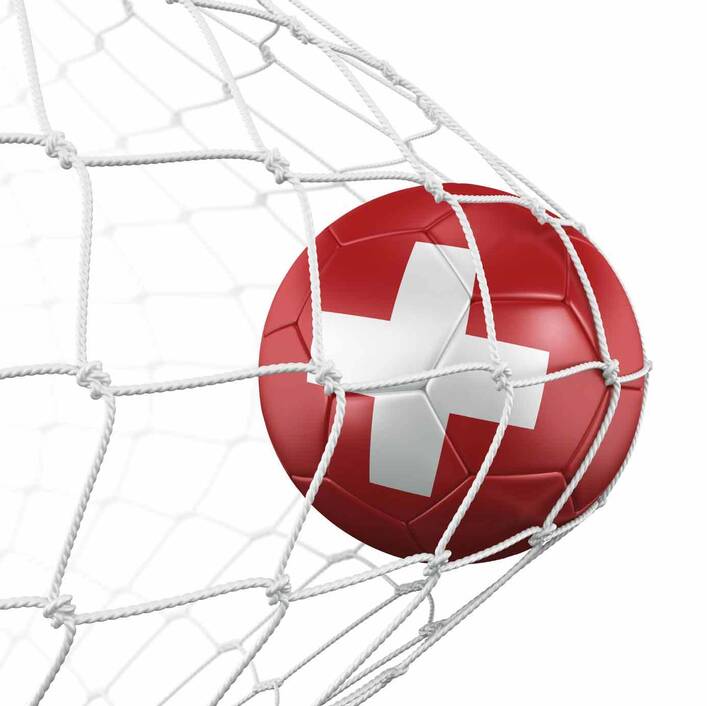
10 Reasons to Not Choose Picturepark DAM
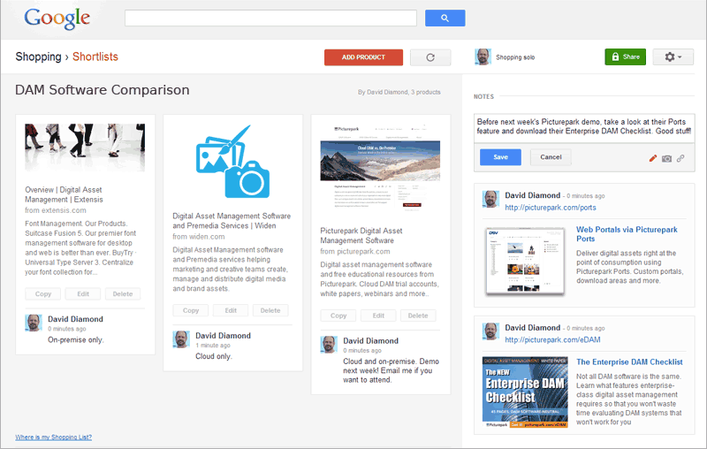
DAM Software Comparisons with Google Shortlists

Fast Bulk-Editing Microsoft Dynamics CRM and Salesforce Records using Act-On Marketing Automation

What is Adaptive Metadata?
